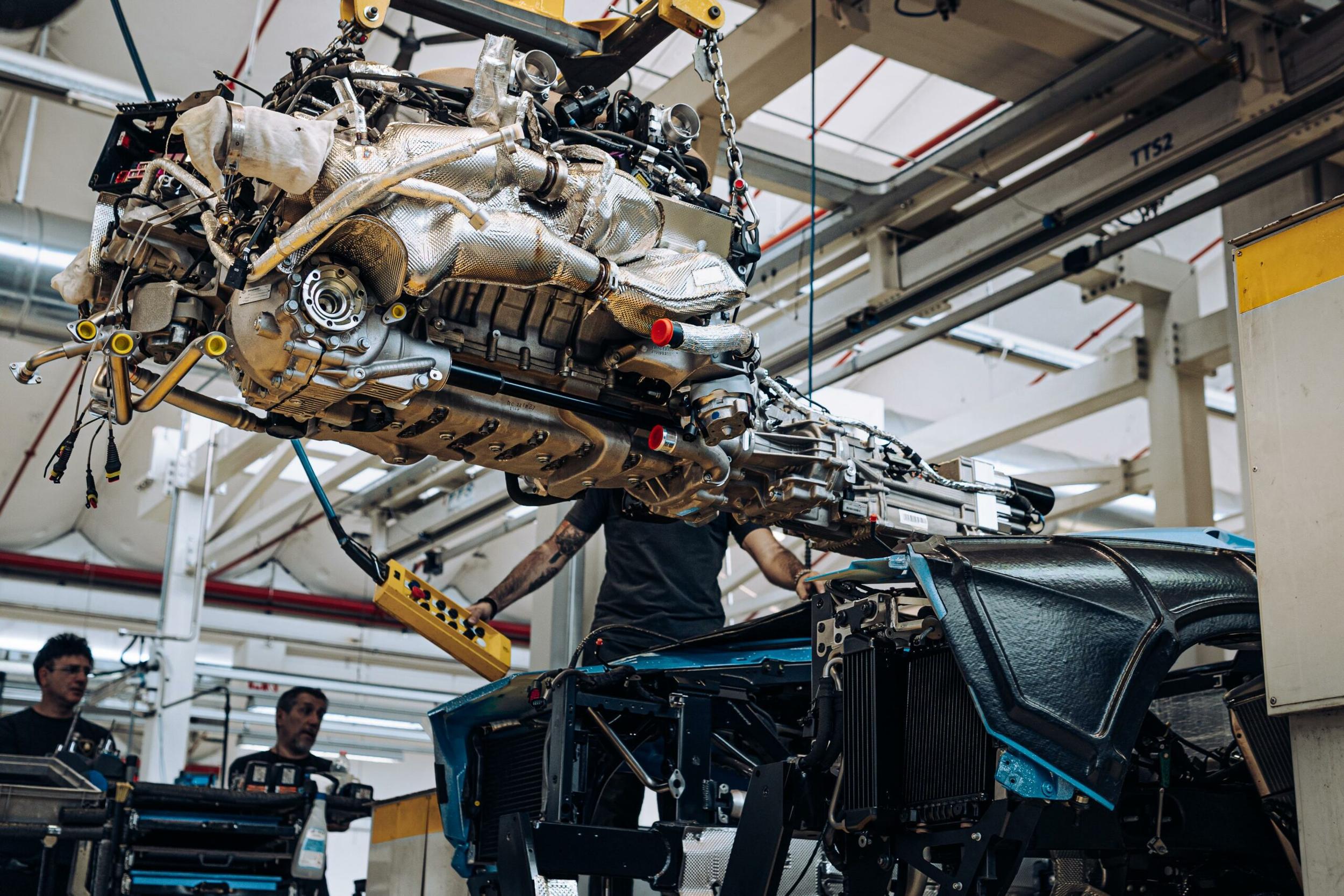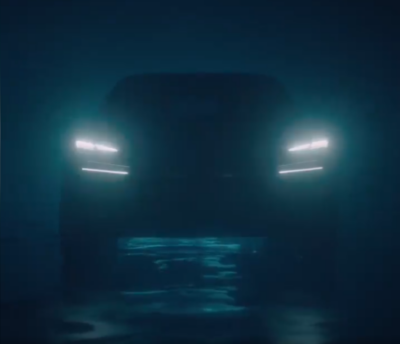In the world of supercars, Lamborghini’s V12 engine holds a privileged place, distinguished by both its performance and the sonorous symphony it produces. From its inception in 1963, the V12 has evolved, adapting to industry changes and customer demands. Its lasting impact, through different models and eras, has come to embody the essence of Lamborghini, remaining an emblematic symbol of the brand’s prowess, luxury, and daring innovation.
What Is the V12 Engine?
The V12 engine is an automotive powerplant known for its exceptional performance and distinctive characteristics. This iconic engine configuration has powered some of the most prestigious cars in automotive history. While the V12 engine has evolved over time, it is now facing challenges and changes in the industry.
One of the notable manufacturers associated with the V12 engine is Lamborghini. The history of Lamborghini’s flagship V12 engine dates back to the company’s inception. Founder Ferruccio Lamborghini sought a V12 for his first model, which led to the development of two iterations of this legendary engine. The V12 engine powered iconic Lamborghini models like the Miura, Countach, Diablo, and Murcielago, each contributing to the engine’s legacy. The most recent addition to this lineage is the Revuelto hybrid, featuring three electric motors and an impressive 1,001 horsepower output.
Another manufacturer that embraced the V12 engine is BMW. The BMW M70 V12 engine was developed to outpace Mercedes-Benz and create the first German V12 luxury car. The M70 engine showcased innovative features such as hydraulic tappets, lubricated cams, and a remote oil filter housing. Subsequent iterations like the S70 and M73 engines further improved efficiency, displacement, and overall performance. Despite facing competition from the Lexus LS400, the BMW V12 engine endured and provided attractive options for buyers.
While the V12 engine has had an illustrious past, its future is uncertain. Stricter emissions regulations and the rise of more efficient engines are posing challenges to its continuation. The V12’s higher production of degradation byproducts, increased cost, weight, and lower efficiency have contributed to its decline. Turbocharged engines have emerged as lighter, more powerful alternatives with improved throttle response.
However, the legacy of the V12 engine remains significant. Its smoothness, power delivery, and distinct sound have left an indelible mark on the automotive industry. Car enthusiasts have been captivated by the V12’s performance and its association with prestigious brands like Ferrari, Rolls Royce, and Lamborghini.
As the automotive landscape continues to evolve, manufacturers are exploring new technologies and engine configurations to meet the demands of the future. While the era of the V12 engine may be coming to a close, it will be remembered as a symbol of automotive excellence and the embodiment of high-performance luxury cars.
The Origins and Early Years of the Lamborghini V12
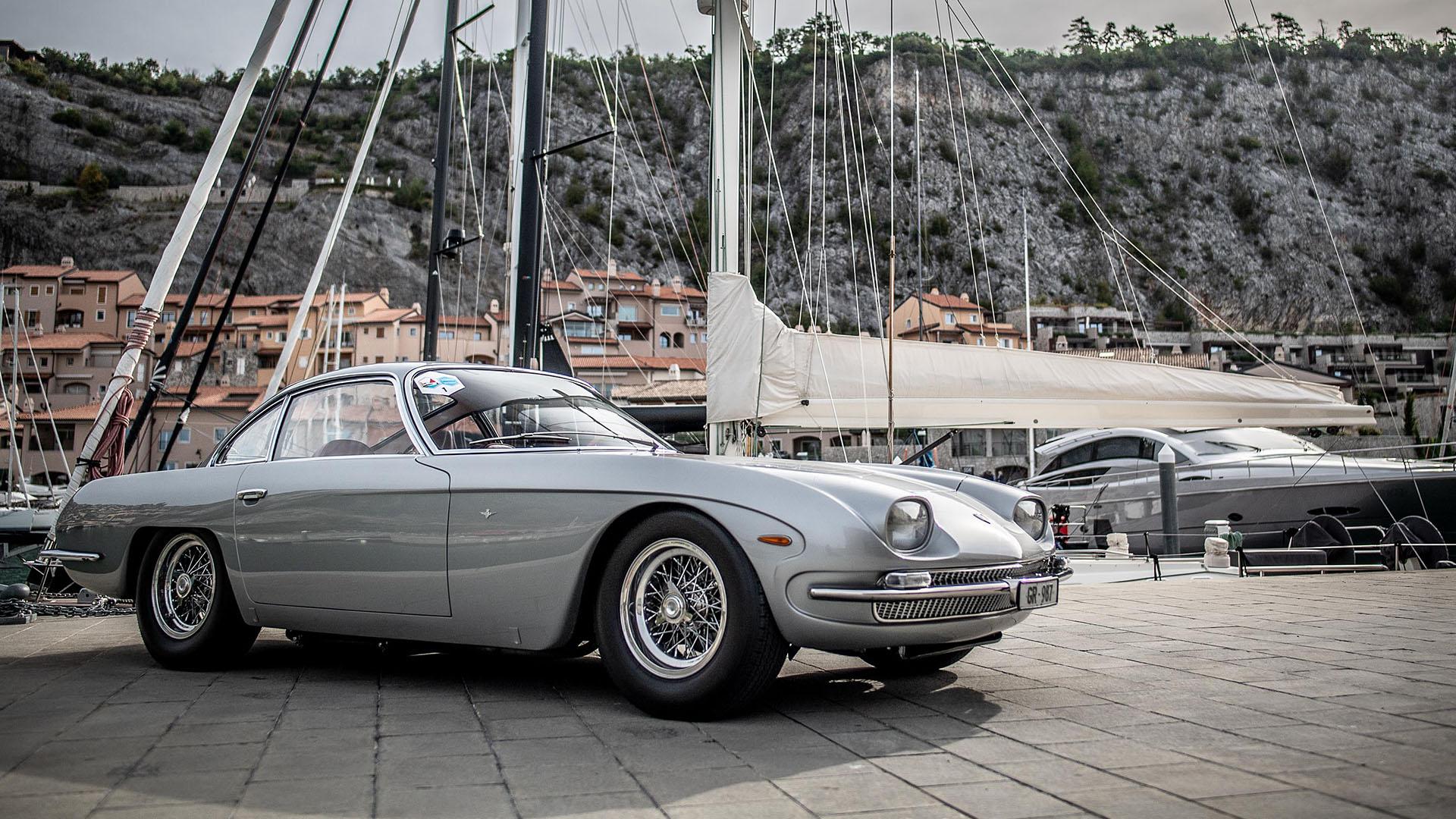
The origins of the Lamborghini V12 engine trace back to the 1960s when tractor-maker Ferruccio Lamborghini set out to build a sports car to rival Ferrari. Lamborghini, a successful businessman, had grown frustrated with sports cars that were fast but impractical for everyday use. His ambition was not to beat Ferrari on the racing track but on the road.
To actualize his vision, Ferruccio sought the expertise of Società Autostar, a company owned by Giotto Bizzarrini, the very engineer who had designed Ferrari’s V12 engines. Bizzarrini, with a background in building engines for Formula 1, was contracted by Lamborghini to develop the first engine for his sports car. In an iconic deal, Lamborghini offered Bizzarrini a cash bonus for every 10 extra horsepower he could extract from the engine.
Thus, the first Lamborghini V12 was conceived. Bizzarrini’s 3.5-liter engine, equipped with a twin overhead, was able to deliver an impressive 320 CV in the first Lamborghini model, the 350 GT. Lamborghini’s V12 was not only powerful but also uniquely aspirated, delivering a distinctive and enthralling driving experience. Bizzarrini’s engine, originally developed for the 350 GTV, became a major feature of the Lamborghini brand.
From there, the V12 engine saw many iterations and upgrades, each building upon the success of its predecessor. It was featured in several models, such as the 400 GT (1966), the Espada (1968), the Islero (1968), and the Jarama (1970), with each model showcasing various refinements developed in subsequent models.
It’s noteworthy that Lamborghini’s V12 engine’s significance wasn’t limited to its technical capabilities but it was also central to the brand’s identity and ethos. Despite the automotive industry’s transition into the realm of electric vehicles, Lamborghini persisted with its naturally-aspirated V12, affirming its commitment to the engine’s legacy.
The V12 engine’s history is not just one of technology and innovation but also one of an enduring love affair. It has been the heart of the Lamborghini brand since its inception, and while the nature of this relationship is set to evolve due to the rise of hybrid and electric technologies, the iconic V12’s influence will continue to be felt in Lamborghini’s future offerings.
The Iconic Era of the Lamborghini V12
The iconic era of the Lamborghini V12 reached a zenith in the Countach, Diablo, and Murciélago models, each iteration refining and enhancing the V12’s potential. In Diablo, the V12 engine found its way into Lamborghini’s first all-wheel-drive super sports car, adapting to market changes and meeting the expectations of a new generation of customers.
Lamborghini’s V12 even ventured into Formula One, although with mixed results. Despite not being as successful on the racing track as it was on the road, Lamborghini’s presence in F1 brought an unmistakable note of exclusivity.
The Modern Era and Evolution of the Lamborghini V12
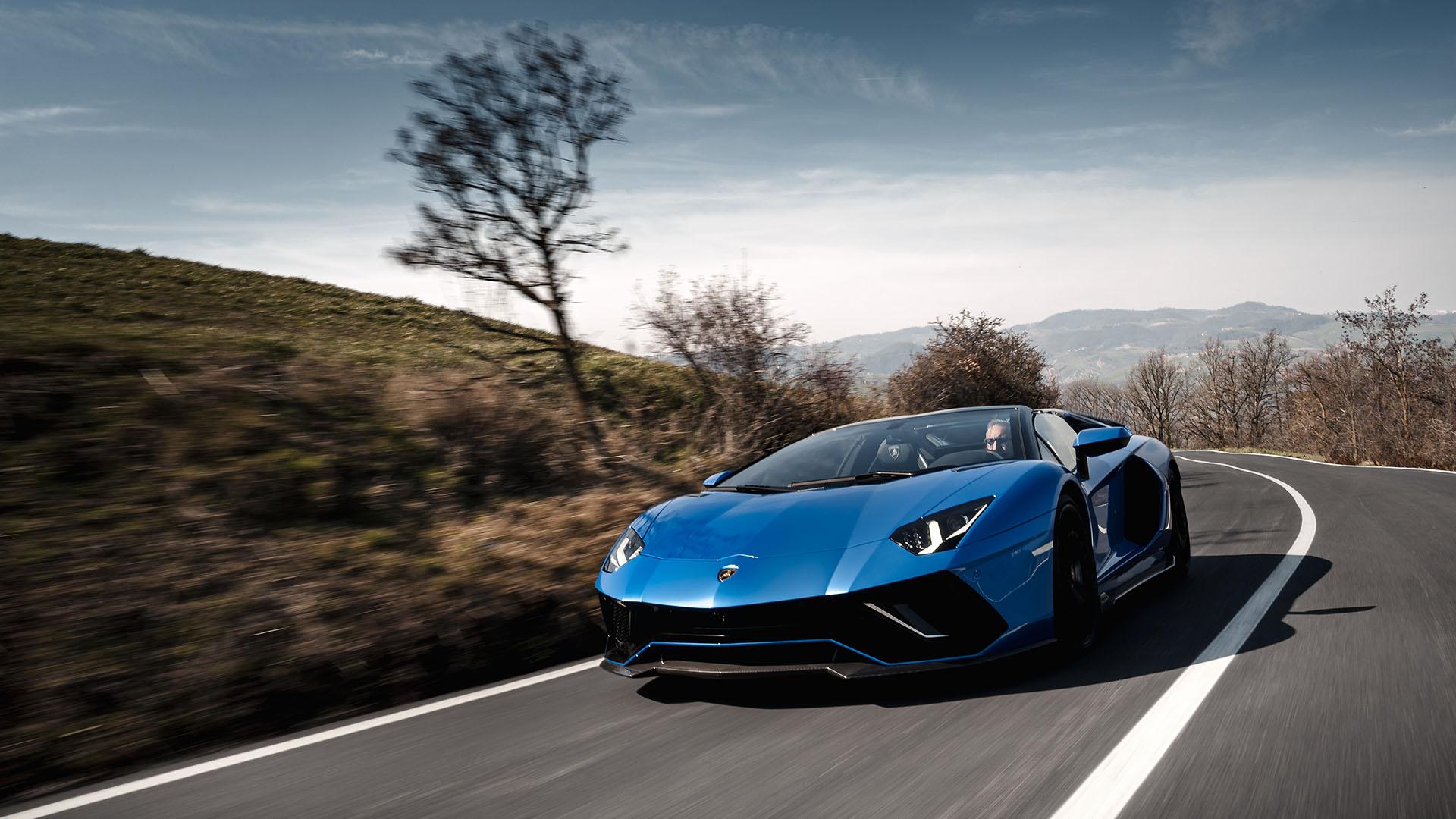
In the modern era, the second-generation V12 was introduced in the Aventador, a 6.5L engine with 700 horsepower, capable of accelerating from 0 to 100 km/h in 2.9 seconds and reaching a top speed of 350 km/h. Subsequent variants of the Aventador increased power to 770 hp and 720 Nm of torque.
However, in the Aventador’s wake, there was an essential shift in Lamborghini’s approach. The Sián and Countach LPI 800-4 marked the introduction of hybridized V12 versions. The Countach combined the 6.5-liter V12 with a 48-volt motor, blending traditional combustion power with the efficiencies of electricity.
The Future of the Lamborghini V12
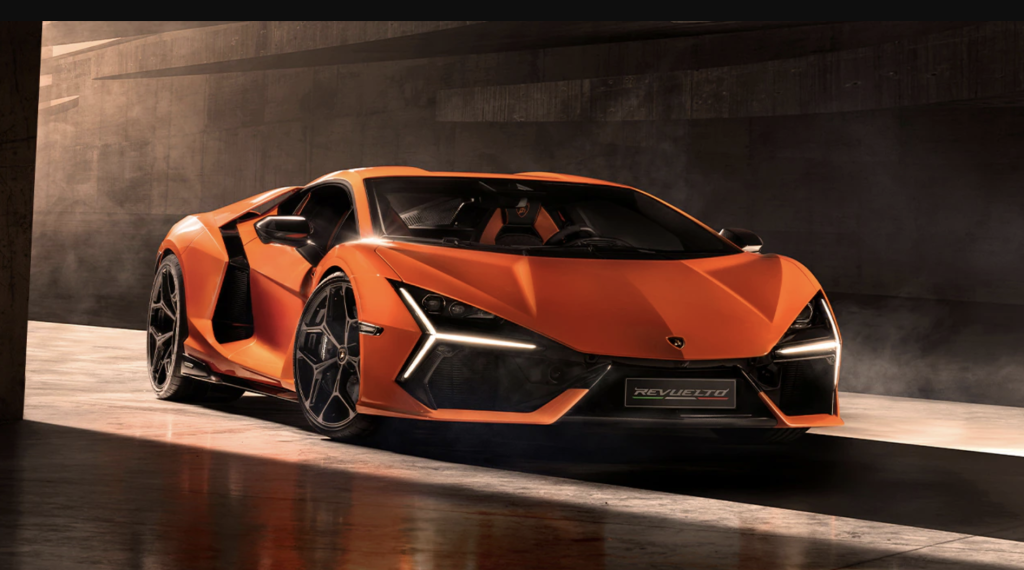
Looking to the future, Lamborghini remains committed to its V12 engine, as the brand has plans to evolve this signature powerhouse with hybrid systems. Despite the environmental pressure facing the automobile industry, the V12 seems to have found a sustainable path forward in the form of hybrid technology, combining the traditional roar of Lamborghini’s engines with the silent efficiency of electricity.
The Invincible coupe and Autentica roadster signal Lamborghini’s farewell to the pure combustion V12, embracing hybrid technology and paving the way for a new era. Following this, Lamborghini is expected to introduce the Revuelto hybrid, a combination of tradition and innovation designed to continue the V12’s legacy in the age of electrified performance.
Conclusion
In conclusion, the Lamborghini V12 engine, through different eras and multiple models, has been a constant factor in the brand’s identity. Despite challenges, Lamborghini has adapted its flagship engine to meet changing market demands and regulatory requirements, all the while preserving the raw power and emotion that the V12 offers. As Lamborghini navigates the future, it appears that the V12 engine will continue to roar, albeit now with a hint of electricity in its voice.

